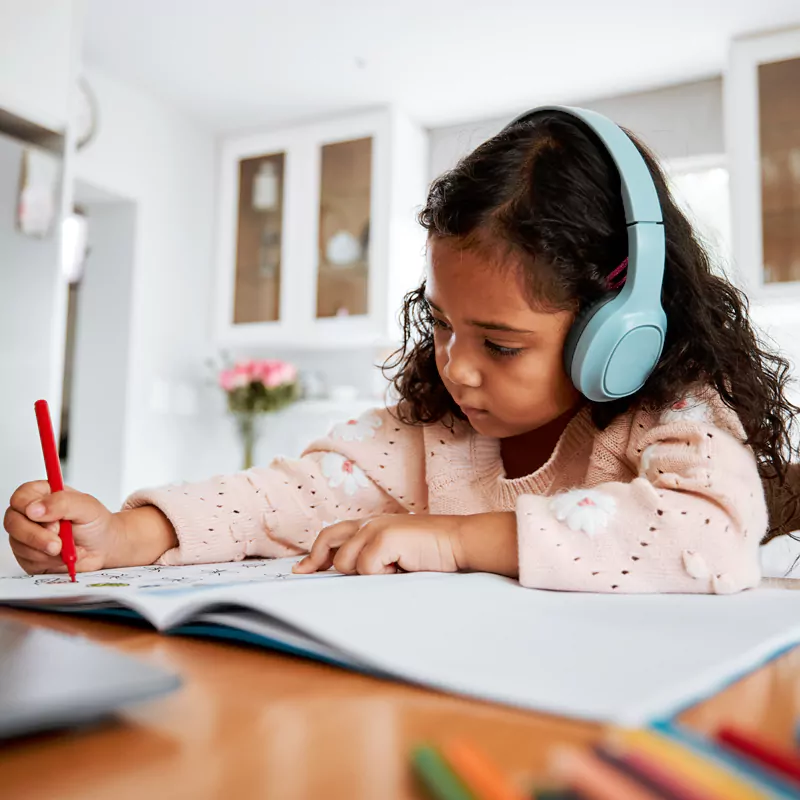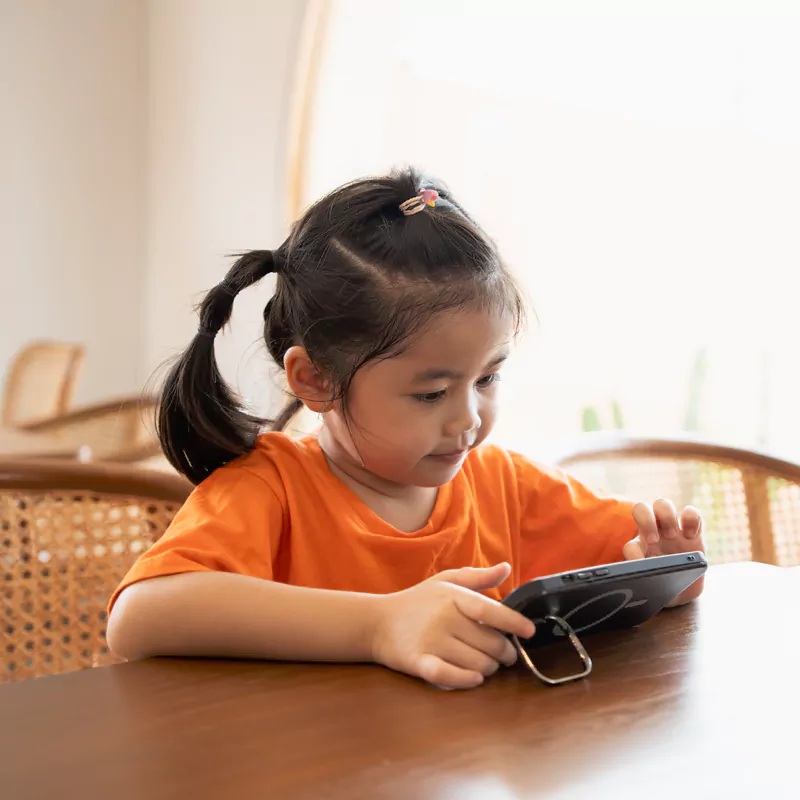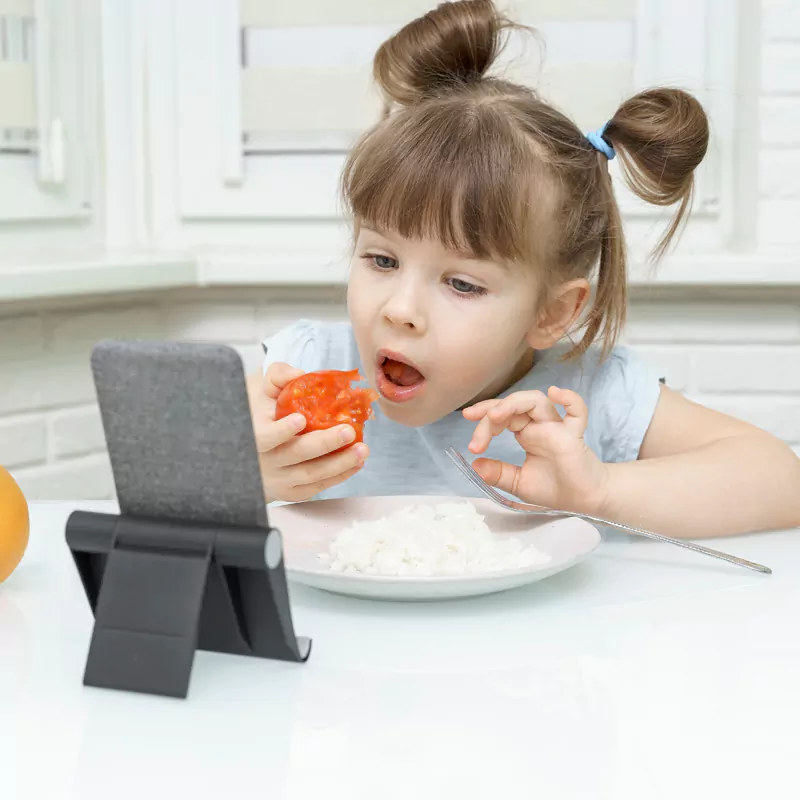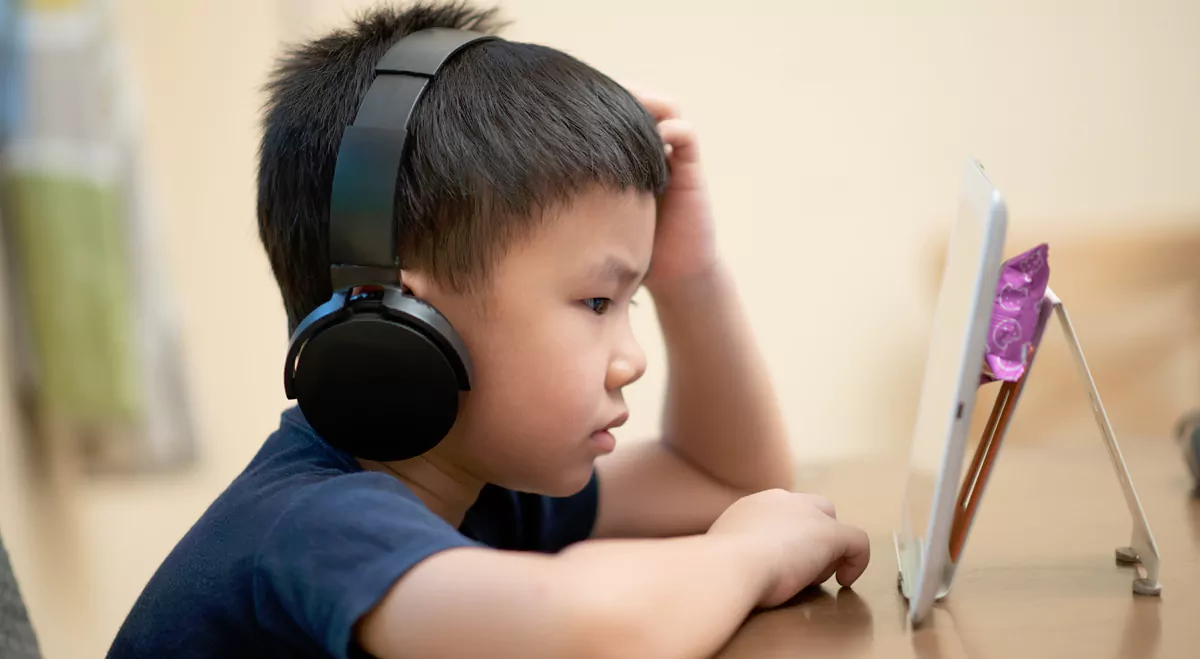The Importance Of Moderating Screen Time
Every day, every hour and sometimes even every minute, children are nagged about how much time they are spending online. Our children live in a world where digital connectivity has become a significant part of their lives. They spend an average of three hours a day on the internet, using various devices like smartphones, tablets, and laptops.
As a matter of fact, screens have become a child’s gateway to entertainment, socializing, information, and education. The level of screen time activity is also beginning to expose young children to greater risk, endangering their safety, health and well-being.
Media headlines constantly report issues like sexting, cyberbullying, online grooming, identity theft, and radicalization. Even seemingly harmless platform such as YouTube is not immune to exposing children to misleading information and inappropriate content. All these developments are making it relevant to ask questions about managing screen time for children and how best to implement controls.
It is our responsibility to bring up our children to become good digital citizens. We can achieve this goal by realizing the importance of moderating screen time. As well as teach our children how to navigate the web in a safe way.
Countering the power of the Internet
Parental controls are device settings that empower parents to control what content their children see. When combined with privacy settings, these attempts at control can help protect children to a large extent from being exposed to inappropriate content.
While parental controls are essential tools to protect children, engaging in open and honest conversations with them about internet safety is a better way of managing screen time for children. Given the widening gap between parents and how children may be using their rapidly increasing digital knowledge, an open dialogue will help strengthen the bond parents already share with their children.
More and more parents are finding controls useful, and a significant number of young people themselves approve of their implementation.
- More than nine in ten parents of 5-15s who use parental control software consider it handy and effective
- 65% of young people aged 11-16 are in favour of parental controls
- 15% of Teens say restrictions should only be taken away once they’re over 18 years of age.
[Source]
Becoming harder to separate the fake from the real

The abundance of information online, including fake news and disinformation, makes it challenging for both children and parents to discern what’s true and what’s not. Increasingly, ‘fake news’ creators are becoming more and more adept at making it more difficult to spot the difference.
“Even well-established news organisations are taken in by fake news and report stories based on false information gathered through social networks.” [Source]
One such disturbing example was how the “Blue Whale Challenge” once ranked as one of the most popular games on social media. The “Blue Whale Challenge” is very addictive and is said to encourage young people to self-harm.
This is how the game works. Once online, the game instructs children to complete 50 disturbing challenges. These challenges grow in their intensity, starting with getting children to watch a horror movie or listen to a particular song and moving on to more risky activities that induced the participant to live-streaming some form of self-harm.
This is why, trusting children to seek information online without parental controls in place, is running the risk of inadvertently allowing them to access inappropriate content.
While having access to information is vital, the increased use of such deceptive tactics online has made it more urgent to help children and young people develop their critical thinking skills to spot the difference between fact and fiction.
But what is turning out be alarming is most parents don’t know how to set controls on home broadband or activate and use safe search mode on Google and YouTube. The sooner parents get to learn how to do it right, the better equipped they will be to protect their children.
Helping socialize safely online

Children always want to own gadgets and tech products and as they get older, may ask for their own mobile phone or tablet. When buying such devices for your child, it is important to understand how they work. It will help you make informed purchase decisions and set things up so the device is safe and secure.
With screen time more likely to increase, it’s important to realise that your child’s screen time too can grow exponentially. So encourage social media socialising. While this is not necessarily a bad thing, just remember to ensure your child has a balanced digital diet.
It’s also important to stay on top of what your child is doing online, and who she is interacting with when she is socialising. Here are some social activities your child can do online to keep her entertained and not feel as if she is missing out.
- Doing art together. Why not let your child FaceTime with her friend? At the same time, have both parties join a drawing tutorial class or participate in an online challenge under your supervision.
- Play Heads Up! Like Charades, it’s an interactive app that can be downloaded and shared. Players hold their phones up to their foreheads, while other participants give clues to help them make the right guess.
- Have a virtual hang-out or party! You can bring all your child’s friends together using Zoom or Google Meet once a week. Discuss a movie they watched or enact a small play and review the performance of the cast online.
- Hold a watch party. Your child can watch movies or shows online while chatting with friends and family all at the same time.
Strictly follow online safety tips

Today more than ever, young and older children alike, must acquire the skills required to thrive online and get the best out of the screen time that is allotted to them. Here are some top tips to follow:
- Talk to your child about what she does online. Ask her who she is interacting with online and always emphasize never to accept any request from strangers to do something online.
- If your child is video-calling, ensure you either review or set up privacy and security settings on the device beforehand.
- Teach your child to limit sharing personal information online, i.e., her personal details such as her full name, school, address, and information on family and friends among others. Create for your child a safe screen name and instruct that she uses only that one and not give out her real name.
- Keep reminding your child not to post anything online. Explain to her that once she posts something online, she can’t take it back.
Even if the info is deleted from a site, you have little to no control over it as that may already exist on other people’s computers and will circulate online. - Ensure that your child knows how to block, mute or report on different platforms.
- Review your child’s friends list regularly. Limit that ‘friends’ list to only people you and she knows.
Create a digital “Magna Carta” that sets some digital usage rules in stone. Stick to it in and when out of the home. Formalize it by asking your child to sign it and take a pledge that she will never break the rules set in the charter.
Help your child adopt a healthy digital diet

Lead by example. Just like everything else, children copy what their parents do. When you set boundaries for your own screen time, your child is likely to do the same.
Set limits together. Get your child involved in the process of setting age-appropriate limits on how long she can spend time online. Decide on the best time to go online and which of the platforms she is free to access.
Set up screen-free times. Decide what she will be doing during her free time. Also, designate areas where screens should not be seen. When screens are out of sight, it is more likely to be out of mind. Review these decisions as your child gets older and becomes more responsible with her screen time.
Ensure a healthy mix of screen activity. Encourage connecting with family and friends as well as use of devices to passively engage with content. Approaching it with the idea of maintaining an ideal balance will help nurture creativity, learning and education.
Never use screen time as a reward. This is strictly a no-deals zone. Otherwise, it will elevate screen time as being better than other activities. It is like using food as a reward and could encourage your child to simply want more. Don’t ever violate this rule.
Sleep & physical activity promote well-being. Keep screens out of bedrooms and away from children at bedtime. Create opportunities for your child to be physically active every day. Set aside at least 1 hour daily, and join your child as it will be good for you too.
Ban adult sites & apps altogether. It is surprising that most parents are not aware what type of platforms and apps their children can access from their devices. No app is suitable for your child if it is not designed for her. Period!
Keep access to your child private. Just like adults, children are at risk of having their online identity stolen and abused. This can be difficult to manage as your child has no idea about what information is safe to share online. Or what default privacy settings are on the sites and devices she is using and how to set them. Ensure all privacy settings and issues are handled by only you.
If you find it difficult to do the settings by yourself, ask your colleagues at work for help. Or just go online to get all the practical tips and advice you need. The web is a treasure trove of helpful information you can put into practice right away!
Living with increasing “screen times”

There is no denying the fact that mobile and connected digital devices are becoming an integral part of the daily lives of the younger generation. Just as the book and the printed medium were an integral part of the 20th century, digital media is the preferred choice in the 21st century.
However, there are always hypes and concerns surrounding every new technology. These are often linked to and interpreted in terms of ‘a child’s well-being’, which includes social skills deficits, deteriorating physical and mental health, and aggression in young children and adolescents.
Common sense demands that parents come to terms with their children’s dwell time on screens and not to jump to misinformed conclusions. Remember, the reality of the term ‘screen time’ is itself misleading and overly simplistic in nature. Distinguishing between passively absorbing what is on the screen and actively engaging with it is critical to understanding the overall impacts of screen time on children. [Source]
The American Academy of Pediatrics (AAP) guidelines recommend “no use” of screen media except for video-chatting for children under 18 months, and ‘high-quality’ programming for children of 18-24 months of age and 1-hour daily screen limit for 2 to 5-year-olds, with parental co-viewing.
Similarly, regarding pre-schooler exposure to screens, the Canadian Paediatric Society recommends no screen time for children under 2 years old, a 1-hour daily limit for 2-5-year-olds and totally avoiding screens an hour before bedtime.
While screen time can offer children opportunities to learn and develop new skills at a touch of a button, too much of it can have a negative effect on their well-being. That said, always be open to assisting your child make the most of her digital time. Your help and guidance will pave the way for helping your child learn new skills, create and play with new ideas and develop new passions.
About My Gym
One effective way help young children disengage from spending too much of their time in front of screens is by involving them in physical activities that are as inspiring and exciting as what they get to do on screens.
My Gym ensures all-round development through dynamic games and physical movement that help in augmenting neural networks in the brain. Making it easier for children to acquire critical social and intellectual skills that enable them to navigate complex social situations and nurture emotional development in a healthier way.
My Gym also runs enrichment programs that help lay a firm foundation for personal, academic and future growth by involving children in age-appropriate, structured and unstructured play and develop thinking and problem-solving skills.
Please visit any of My Gym centres to learn more about how it supports “whole-child development”. Choose a day when you are relatively free and come over with your child in tow. Your child could be an infant (as young as 6 months), a toddler or a preschooler, age is not a bar to learn how they can get away from the screens without missing out on anything!
Please note: My Gym classrooms are thoroughly sanitized every day — the tables, the chairs, the children’s activity stations and everything else the child might touch is made safe and clean. Whenever required, children are encouraged to wear a mask, wash their hands frequently, and practice social distancing.



